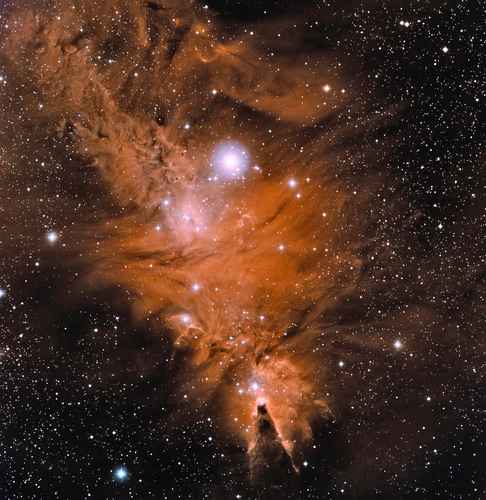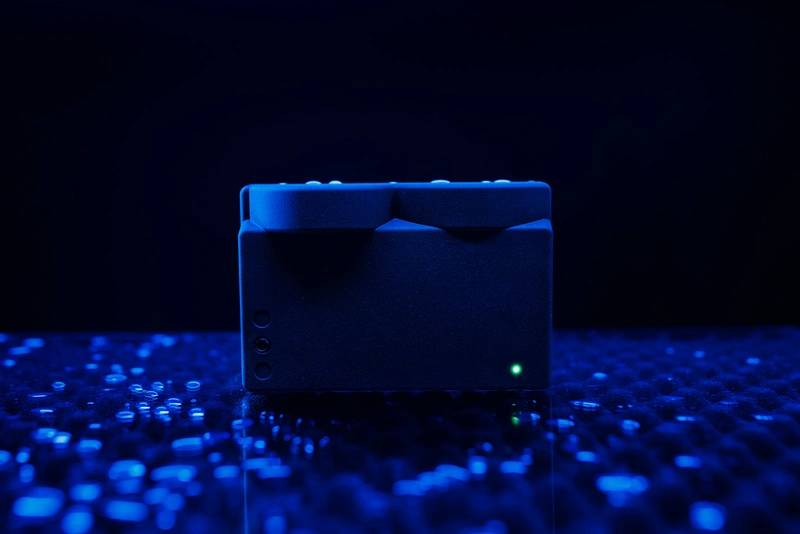The Clavius Astronomical Center of the Ibero-American University hosted a Chaos and Star Formation conference, where physicist Enrique Vázquez Semadeni presented his research on the process of star formation and the composition of interstellar clouds.
Vázquez Semadeni discussed the slow pace of star formation in the galaxy, with only about three new stars appearing per year despite its potential for a much higher rate. He proposed two models of star formation: one stating that molecular clouds are not collapsing due to a balance between gravity and turbulence; and another suggesting that clouds collapse but are quickly destroyed by the stars they form. His research team is working to determine which model is more representative of reality.
The researcher highlighted that stars are born from clouds of molecular gas, such as the Orion cloud near Earth. These gas balls undergo gravitational collapse and internal reactions that lead to hydrogen fusion. Massive stars generate enough heat to form hot bubbles within these clouds, triggering a chain reaction of star formation and ultimately leading to cloud destruction.
Vázquez Semadeni’s team is focusing on studying turbulence in space and its impact on chaotic processes within molecular clouds and interstellar media. They use numerical simulations on computers to better understand gas currents and turbulent movements in these environments, hoping to gain insights into the mechanisms driving star birth and destruction in dynamic environments.
In conclusion, Vázquez Semadeni’s research sheds light on the intricate process of star formation and complexities of molecular clouds in the universe. By exploring turbulence and chaos in space, scientists hope to gain deeper understanding into these mechanisms driving star birth and destruction within dynamic environments.



